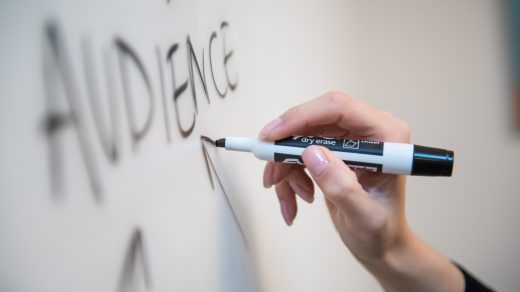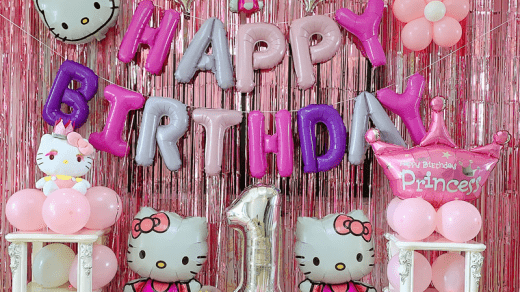Consumers today are faced with more options than ever before when searching for a product to purchase, forcing companies to work even harder to distinguish their products from the competition. Many studies have been performed on the various methods for influencing a consumer to make a purchase decision, including music, the physical environment, as well as the attributes of the product, itself. Product packaging, however, has proven to be a critical stimulus in creating and communicating brand identity and many manufacturers now rely on this to increase sales in a competitive retail environment.
Recognizing the packaging is a crucial element to successfully selling a product, it is your job, as a manufacturer of cosmetics, to invest the time and money into your cosmetic packaging to ensure your product is selected over your competitors. Use these tips to successfully design a cosmetic label that will sell.
Define your niche.
While you may have done this before creating your cosmetic product, it is a good idea to re-evaluate your product in comparison with your competitors in order to redefine who your target market will be. Having a carefully defined audience will help you to select the right colors, font style, size and images for selling to that audience.
Invest.
If you package your cosmetic products in low-quality, homemade packaging, your cosmetic product, no matter how high-quality it actually is, will appear to be of low quality. Unfortunately, the cost of a unique-looking container and the most high-end label and packaging will put you out of business just as quickly. Find a compromise between high-end, luxury packaging that would cost a fortune and home-made packaging that will not reflect the quality product within. Your label and packaging should be functional, practical and of high quality.
Find a container.
You will never know what container will be the best fit for your cosmetics until you test it out. Purchase several different styles of single containers to test before purchasing in bulk.
Labeling regulations.
The U.S. Food and Drug Administration has strict laws regarding ingredients and the labeling of cosmetics. The FDA website provides a summary of regulatory requirements for labeling cosmetics as well as a convenient “How To” guide for cosmetic labeling to ensure you follow federal labeling requirements.
Design.
While you may have an eye for design and an image in mind for your product, you should still consider eliciting the help of a designer who has experience in product design and will understand the different aspects of a label that affect the purchasing decision. Some important considerations include:
Color: Color has a strong effect on emotions and should be one of the more important aspects of your label to consider. Different target markets are influenced by colors differently, which will influence the color scheme you select. You will need to decide whether you want a clear, white or color label and whether you want it to include a foil stamp for added elegance. It is during the design process that it becomes crucial that you have defined your niche market.
Typography: Your target audience will also influence the font you select. Work with your designer to select the best style, size, and capitalization standards for your product.
One final word of advice: have patience. Genius doesn’t happen overnight. You may want to try several different designs and test them out on focus groups to see which labels your audience is most drawn to. It’s worth the extra time and money to select the label that will provide the most influence, make the strongest statement and effectively sell your product.
Sheena is a writer for LabelValue.com, a label manufacturer specializing in desktop and custom labels. When she is not writing, you can find her in the gym or at the beach.
By: Sheena Gunnels




Recent Comments